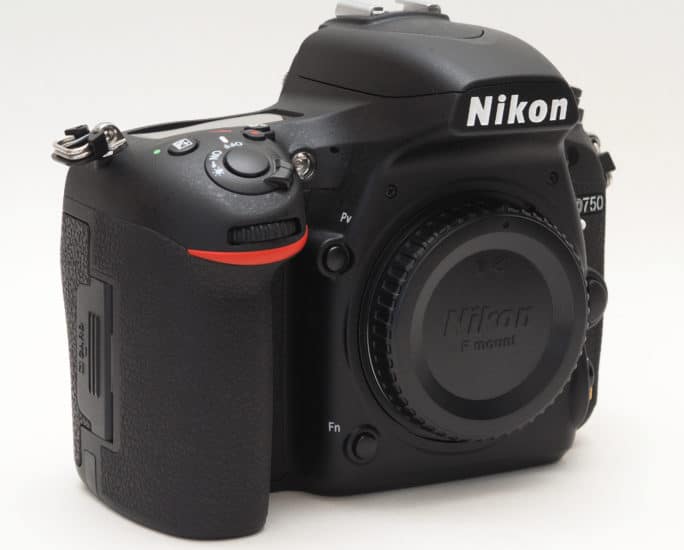The “best” camera, 2017 edition
Preface: the “best” camera most certainly depends on the needs of the photographer… with that being said, here are some very good cameras that I immensely enjoy using.

Nikon D750 Body
During the past month, for work projects and for personal enjoyment, I have been very fortunate to use the following cameras extensively:
Sony RX1 mirrorless, full frame
Nikon D750 DSLR, full frame
Olympus E-M10 mirrorless, four thirds sensor
Olympus TG-4 Tough rugged camera, 1/2.3 inch sensor
Three of them fall into the “best of class” category and one of them is a real bargain if purchased on sale. So, on to the “best” of 2017.
Sony RX1: best full frame 35mm lens camera less than $1000 used
I will start with the most unusual of the bunch, the Sony RX1. This is a very compact full frame camera with 35mm F2 lens. It encompasses many “firsts” and has been succeeded by the RX1R (minor upgrades) and the RX1R II (big MP upgrade and some other niceties). Despite the newer models available, the RX1 still holds its own.
Specifically, for a camera released at the end of 2012, the RX1 is still a phenomenal photography tool in 2017. Five years later it is available used for less than $1000 and the image quality and portability is unparalleled. Sharpness and overall “keep rate” for images is exceptional. High ISO quality is superb at 3200 and beyond. This is a true photographic tool and is well worth the (used) price.
Drawback: No image stabilization. If it had IBIS I would take this camera over most any other 35mm equivalent pairing out there.
Conclusion: an amazing pairing of a superb sensor with a very sharp lens, a true match made in heavy and the best value in a very exclusive class.
Also consider: the Fuji fixed lens options, however, most of them are at 28mm and I prefer 35mm…
Nikon D750: best full frame DSLR available < $1300
I purchased the Nikon for $1,249 and the overall experience has been quite different than the Sony RX1. Much of that difference stems from the lenses I am utilizing for each camera. The Sony is of course a fixed lens device and that particular lens is extremely sharp. A comparable Nikon lens adds a substantial cost to the setup and rather than spend another thousand or two on glass that is expensive, sharp, and heavy… I have been trying to get by with inexpensive lenses in the $100-$400 range.
With that being said, I have eventually found some lenses that I love to pair with the D750. The camera is immensely responsive and very competent when it comes to high ISO performance. I especially enjoy it when paired with sharp fast lenses, or lenses with VR.
For the price, it is a wonderful camera and I only wish there were small lightweight lenses that offered sufficient sharpness (at a low price) to complement the excellent sensor. As it stands, it seems either a choice between heavy pro glass (at a high price) or lightweight glass that is merely sufficient (at a much more reasonable price).
It is somewhat the reverse of the Olympus micro four thirds situation. In that system there are some exceptional lenses that are very compact and sharp, but of course there is no M43rd sensor that can compete with the likes of the D750’s full frame sensor. Also, the excellent IBIS that Olympus offers makes it even more appealing to a photographer like me that appreciates natural light (even when there isn’t much of it available) versus flash.
Conclusion: a best of class full frame camera that demands a good lens to truly take advantage of the full frame sensor.
Also consider: Sony’s full frame DSLR and mirrorless full frame options.
Olympus TG-4: the best rugged pocket camera
This little beast has been at my side for over a year and it just keeps on taking quality photos. The hallmark features are the ruggedness and the fast F2 lens. The “gimmick” features are actually much more valuable than one would think: microscope mode, time lapse mode (update firmware to v2 for much longer time lapse capability), live composite and more. Not to mention the waterproof and “go anywhere” capability. The RAW file option is just icing on the cake.
Conclusion: a best in class rugged camera that is pleasant and reliable to use.
Olympus E-M10: one of the best mirrorless cameras for < $400 used
This is not a best in class camera and it is getting up there in age. However, it is a fun camera to use and it especially pairs well with the nice sharp (and relatively inexpensive) Olympus or Panasonic primes.
The E-M10 when combined with the M.Zuiko 17mm F1.8 is in some ways almost superior to the RX1. Specifically, the lens is slightly faster and the IBIS works very well in situations where your subject is stable. You also have a little more dept of focus to work with due to the smaller sensor.
Conclusion: there are better (and accordingly more expensive) options out there, but there are few peers that can match its well rounded capabilities at such a low price point.